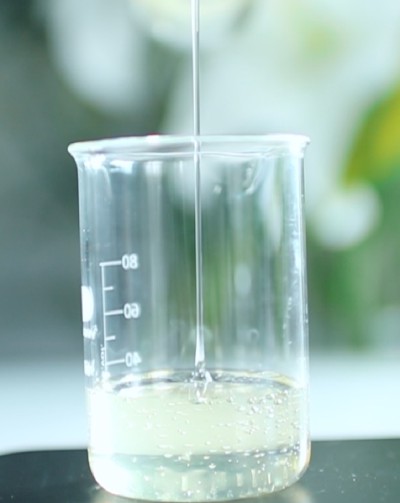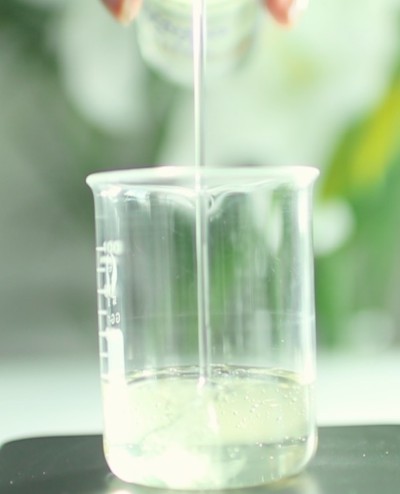What are surfactants?
Surfactants or “surface-active agents” are molecules with a hydrophilic (water-loving) and a hydrophobic (water-fearing or oil-loving) part. Due to their unique makeup, they can bind both oil and water together allowing for cleaning, emulsifying and even conditioning. In fact, the emulsifiers that we regularly use in creams & lotions are a type of surfactant.
Surfactants are divided according to the ion, leading to the categories: anionic, non-ionic, cationic and amphoteric. These groups determine how and what a surfactant can be used for. It’s common to mix surfactants from different groups in order to boost their properties, many cleansers have a primary surfactant and a secondary surfactant to enhance cleansing abilities. However, in this recipe, we’ll only use one surfactant: decyl glucoside.
Decyl Glucoside

Decyl glucoside benefits:
- Gentle on skin, making our face cleanser suitable for everyday use, as well as for those with sensitive or acne prone skin
- Produces excellent foam: decyl glucoside has one of the best foaming capabilities of the natural surfactants that can boosts the effects of our face cleanser
- Emulsifying abilities: we can add fragrance by dispersing a small amount of oil (essential oils) in our face cleanser thanks to the surfactant
- Plant-based and biodegradable
Combining surfactants
Natural surfactants or “surface-active agents” can combine both water and oil particles and as a result make great cleaning agents. The type and amount of surfactants used will directly affect the harshness or strength of the cream body wash.
There are four types of surfactants: Anionic, Cationic, Non-ionic, Amphoteric. These types represent the “charge” of the surfactant that determines it’s properties and how it interacts with your formula. By combining surfactants from different groups you can improve the performance of your cleanser.
